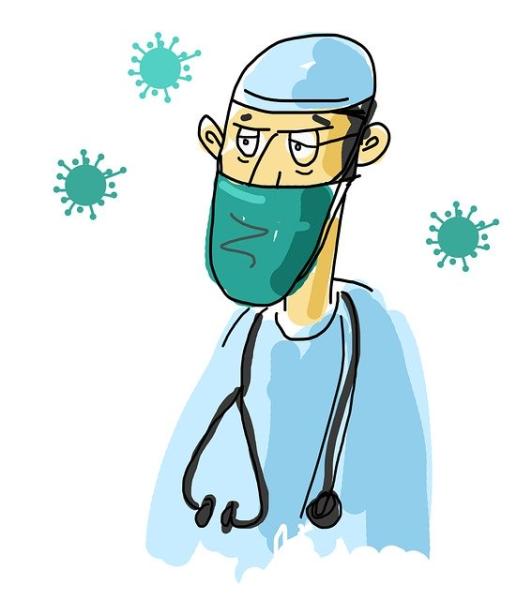All the COVID-19 statistics are a bit circumspect, counting tests, admissions, deaths, ICU stays, ventilators during a pandemic is genuinely like trying to fix the airplane while you are flying. But let us make the reasonable assumption that the ambiguity doesn’t change so much day to day. With that premise, we can reasonably divide the numerous statistics into leading and lagging indicators. As the name suggests, a leading indicator appears before an event, a lagging indicator follows afterward.
Positive tests for COVID-19
When you are referring to a diagnostic test, identifying viral load, like the nucleic amplification tests, you are looking at a leading indicator. How many new cases you are identifying. And that would be a useful metric except for one problem; the number of positive tests has a lot to do with the population being tested. If there were no new infections tomorrow, the number of positive tests would be higher in nursing homes than nursery schools. So not so helpful. In the same way, it doesn’t help us understand how extensive the testing is currently. At best, if you want to get a meaningful metric on testing, we would need to see the number of tests per some population metric, say 10,000 or 100,000 people – even better, the same metric in your neck of the woods.
Since the talking heads and the media are not always careful to separate testing for the presence of infection from testing for the prior existence of the disease, we should also consider positive antibody testing. Once again, the same dilemma, the number of previously exposed individuals will vary by their susceptibility, exposure, and locale. While a positive antibody test is a lagging indicator, it doesn’t help us see where we stand. It can provide some sense of how widely the disease has spread, but again it depends on the population you target.
Hospitalization metrics
There are several metrics we might consider, initial hospitalizations, ICU admissions, patients on ventilators, and deaths. Initial hospitalization is a lagging indicator if you are looking at new infections, but it is a leading indicator if you are concerned with hospital capacity and deaths. Hospitalization follows infection in roughly 20% of cases; again, it depends on the group you are considering, by 5 to 10 days. So I think it has value for identifying the newly infected. Despite our best efforts and now remdesivir, medicine has not altered outcomes as much as we would like. We haven’t made a real dent in the deaths, although remdesivir does offer some reduction in length of stay. So the patients requiring intensive care, ventilatory assistance, and succumbing to COVID-19 are indirect measures of those hospitalized. Without a significant therapeutic breakthrough, the relation of admission to those three other variables is going to remain relatively constant.
Deaths are perhaps the most troubling measure of all. It is a lagging indicator, of course, but has become a repository for anything that looks or seems to be “a horse.” By horse, I am referring to the medical heuristic that tells physicians to consider the common problem, “When you hear hoofbeats, you don’t think of zebras.” Many, if not all, the deaths at home are being attributed to COVID-19, even though physicians are wondering aloud where all the patients with other acute medical problems have gone.
If you want to follow COVID-19 as we begin to mingle once again socially, I would suggest tracking hospitalization because it is the one metric that can be rate-limiting, it measures not only those requiring care but is “the dial” of hospital capacity. As hospitalizations inch closer to hospital capacity, the drumbeat for more ventilators, hospital beds, and healthcare “workers” (a word choice almost as bad a providers) will begin anew. The difficulty with hospitalization is that it lags behind infections by a good week, and that makes opening more difficult. It is like applying the car’s breaks a block or two after you ran over the pedestrian. Unfortunately, I cannot see a better value to consider, can you?




